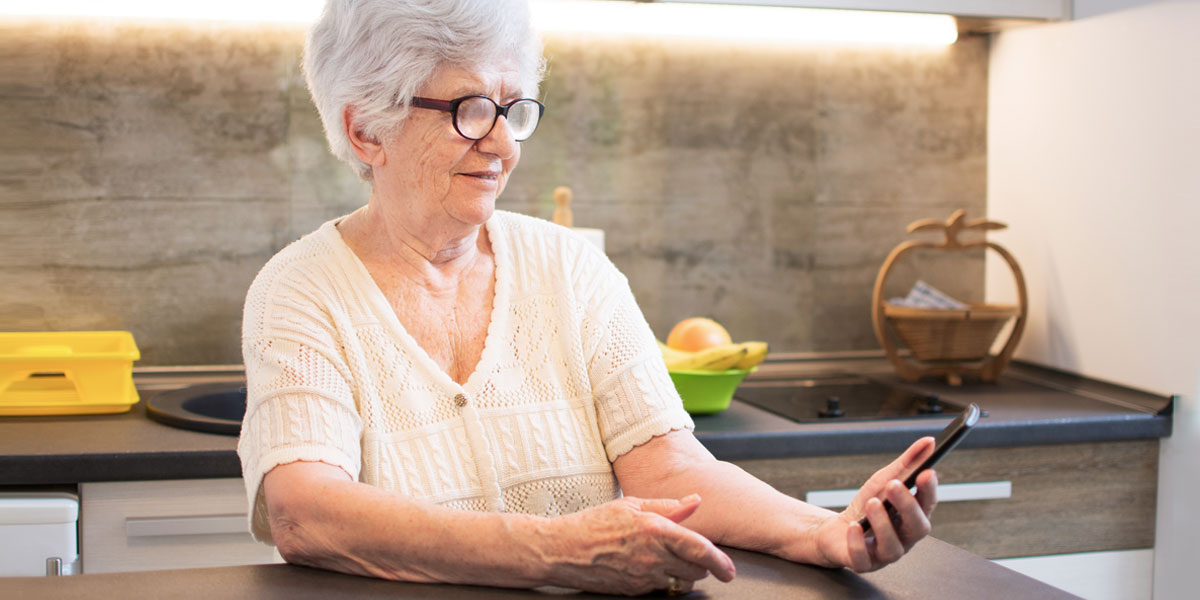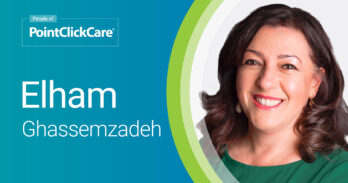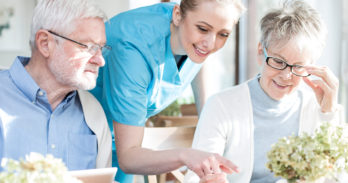
How Smartphones Can Help Care for Diabetic Seniors
 3 min
3 min
Augustine “Gus” Farias, is the co-founder of Sonoma Home Health. He has more than 20 years experience in the senior care industry – from home health, to assisted living, to hospice care.
When you are caring for diabetic seniors, it is especially important to identify changes in their health as early as possible, when treatment may be more effective. Recent studies have shown that the risk of developing Type 2 diabetes worsens with age, and if symptoms aren’t monitored properly it can lead to more serious complications.
The best preventative care is maintaining regular doctor visits, but in addition to this, seniors can also play an active role in tracking important health stats on their handheld devices by downloading helpful smartphone apps. Because homecare employees aren’t able to be with their clients 24/7, like those living in an actual community, equipping seniors with tools they can use on their own, to manage their health, helps drive positive outcomes.
“According to the latest research, 54% of seniors who participated in one study said using smartphone apps to manage their diabetes was helpful, and 48% were willing to try these apps, but only 7% were actually doing so.”
How to Utilize a Smartphone for Diabetic Management
Since a growing number of seniors are now using mobile devices, the barriers to adoption are relatively low. Encouraging seniors to leverage mobile applications for better health management can help them age in place for longer. By taking advantage of apps that offer glucose tracking, nutrition guides, and medication reminders, it has become easier than ever for care providers to detect changes in a senior’s diabetic condition that need to be brought to the attention of physicians and other healthcare professionals.
Alarms Can Be Used as Medication Reminders
Every smartphone comes with standard alarm features, including the ability to set multiple alarms and customize them by the day of the week. While these alarms are typically used as wake-up calls, they can also be used to easily and conveniently remind seniors to take their medication. This feature is especially helpful because medication schedules can often be complex, making them especially difficult for seniors to remember.
Alarms can also be used as reminders to eat or monitor blood sugar levels. By programming this data into their alarms, seniors’ phones will have the responsibility of remembering these tasks for them. Helping to ensure seniors remember to take the proper medication or eat a meal at a specific time contributes to driving positive health outcomes.
Maintaining a Healthy Diet
Diet apps can play an important role in helping seniors manage their diabetes, as well as their overall health. Apps can be used to make smart nutrition choices by scanning barcodes on everyday food items, which the app will then analyze, making this the perfect companion to take along to the grocery store.
Another app offers a recipe calculator that allows seniors to check calories when they are preparing meals at home. In addition to this, it also has an exercise-tracking feature that can be synced with other fitness apps. There is also an app that uses easy-to-read, color-coded screens to offer suggestions for healthy eating choices.
Leveraging these types of nutritional apps takes the guess work out of healthy eating, making it easier for seniors to make the right decisions when it comes to diet.
Tracking Your Glucose
There are several other apps that have been designed for the purpose of tracking glucose levels. These applications can access data from insulin pumps and continuous glucose monitors that can help seniors with their carb, insulin, and medications by analyzing them alongside their blood glucose levels.
One mobile app has been designed to help people with both Type 1 and Type 2 diabetes by offering fun challenges to complete and motivational feedback while tracking and securely backing up important data. Taking collaborative care to new heights, there’s an app that offers push reminders and fast log entry that allows seniors to compare their data with the data of other users, and they have over 36 million logs to date.
Rates of diabetes and of smartphone usage in this demographic are on the rise, and these figures demonstrate that seniors and caregivers can benefit from using these apps to improve their overall health along with their quality of living. Whether living at home or in a community, empowering seniors to take a more active role in managing their diabetes will drive better health outcomes.
Read More: The 5 Most-Used Tech Devices for Seniors
March 31, 2017





